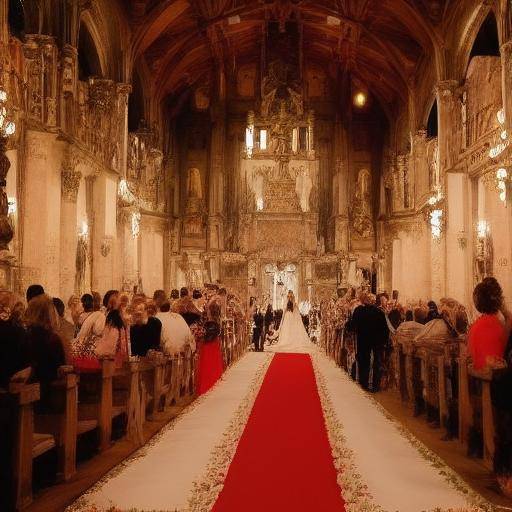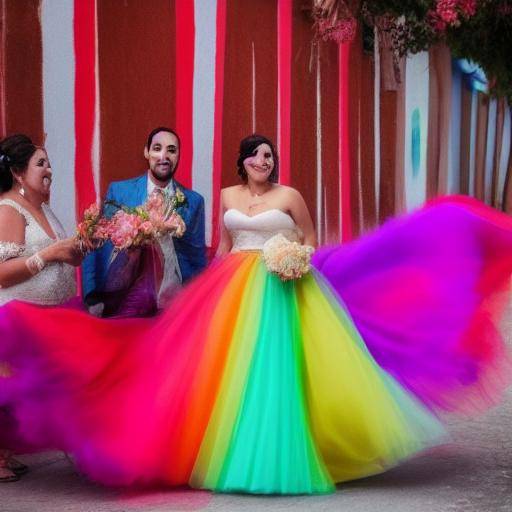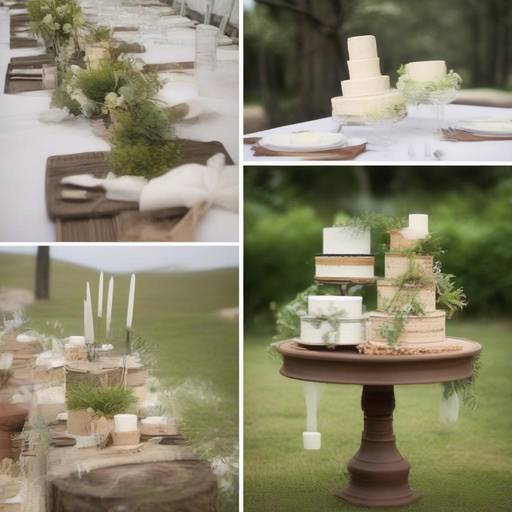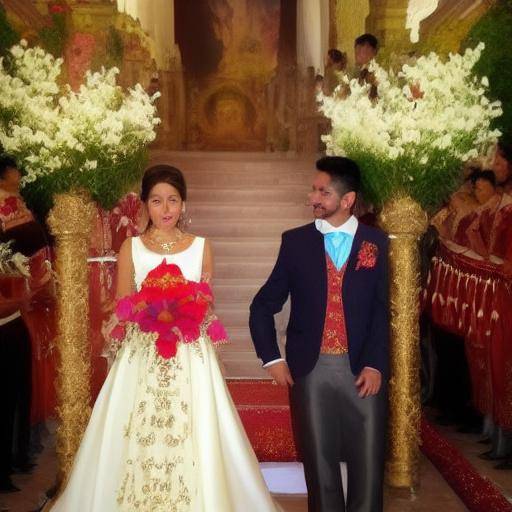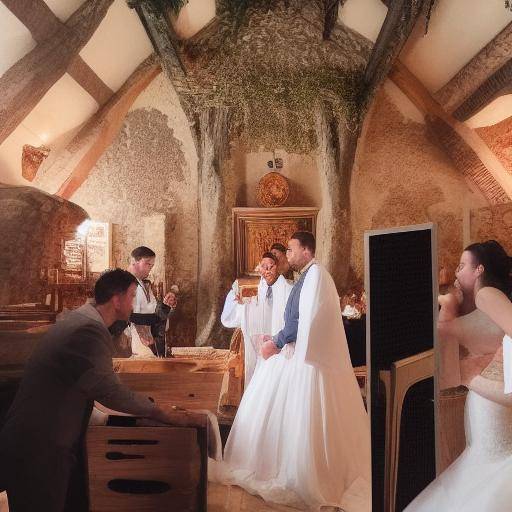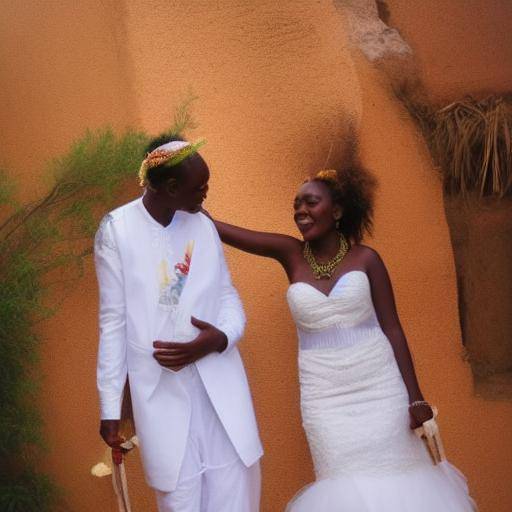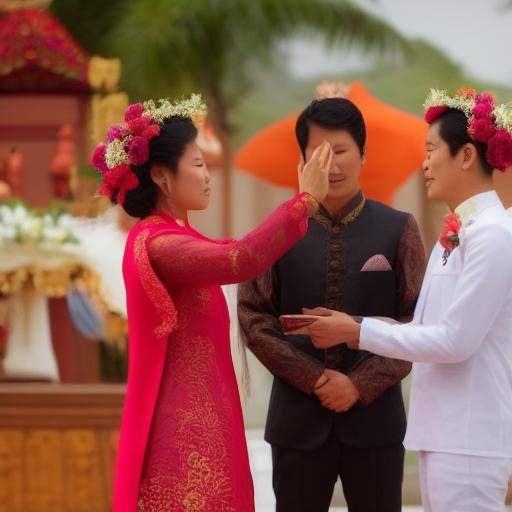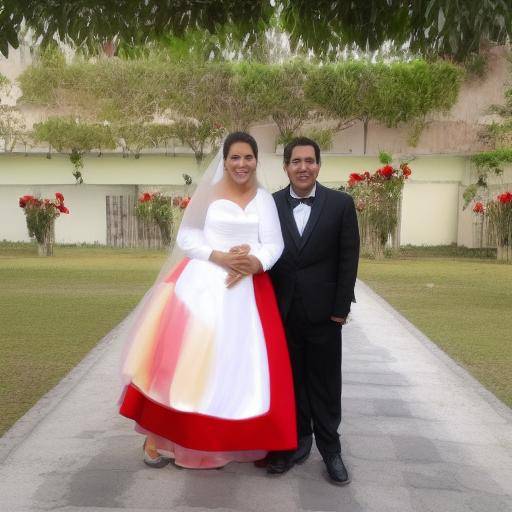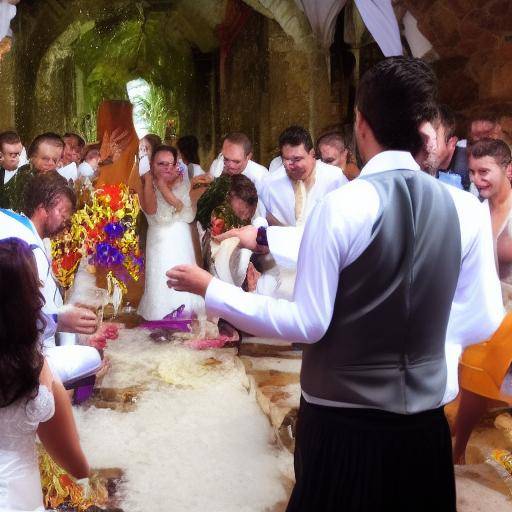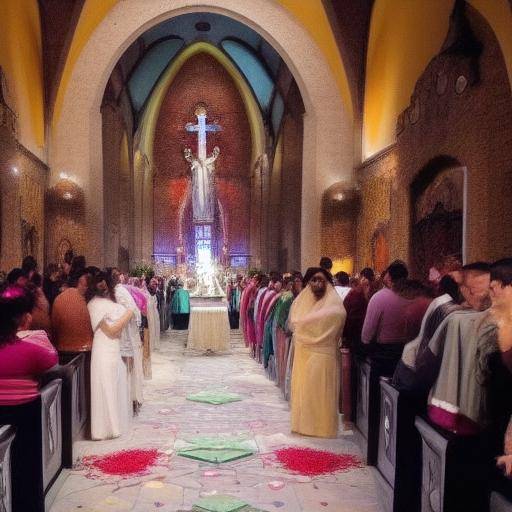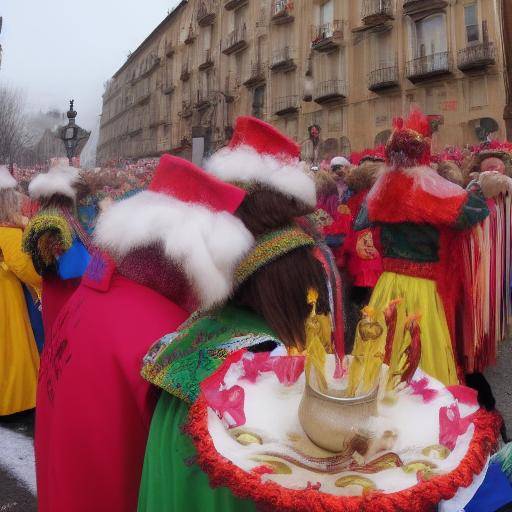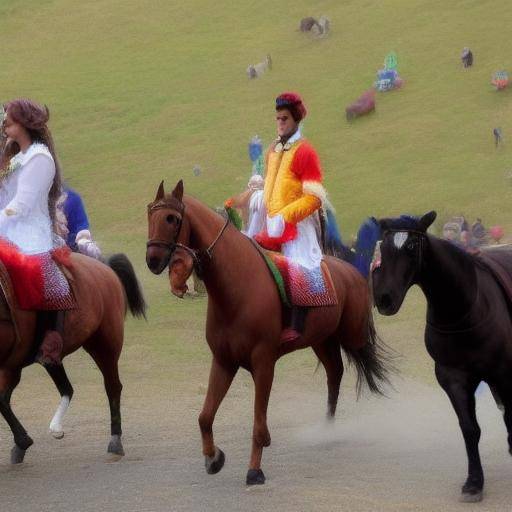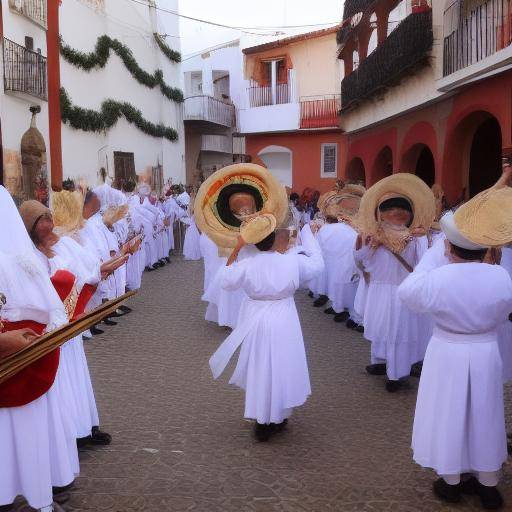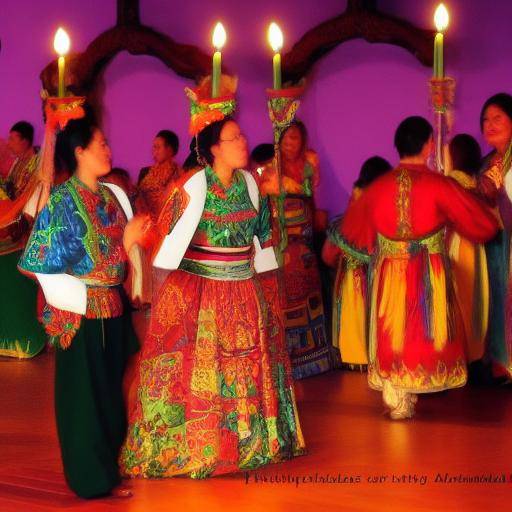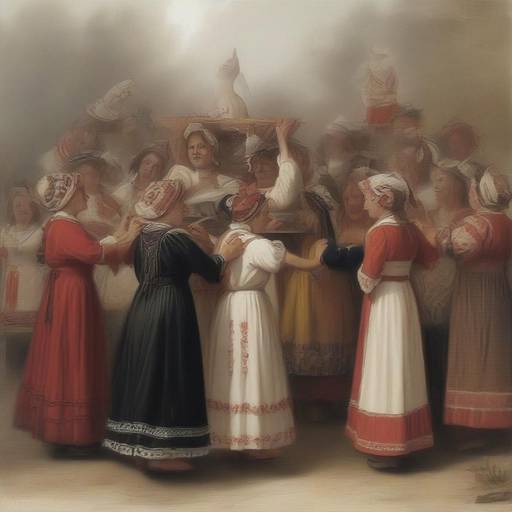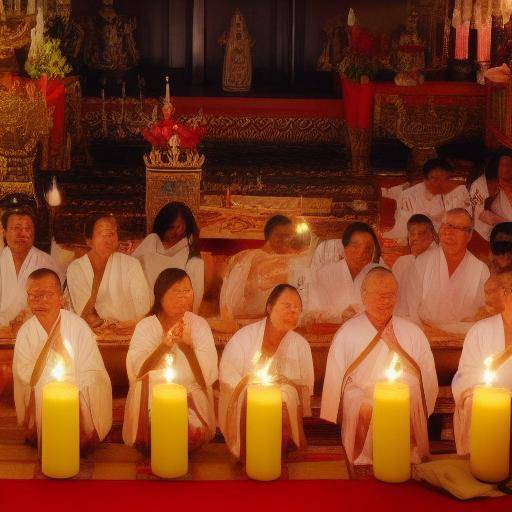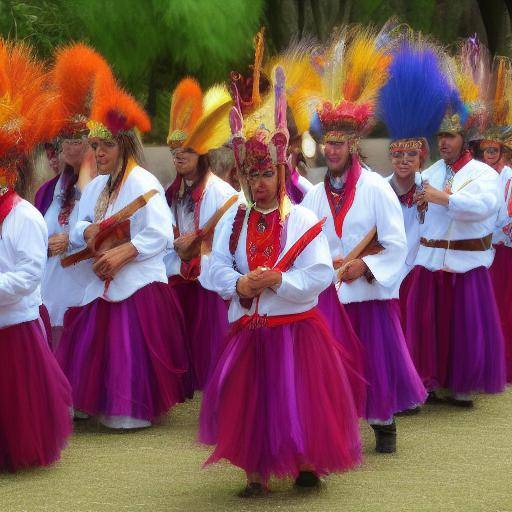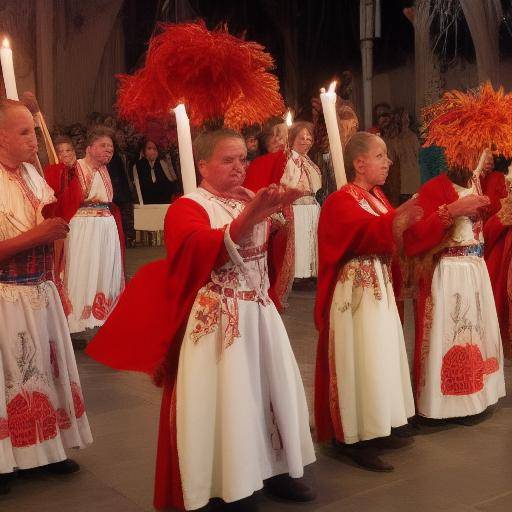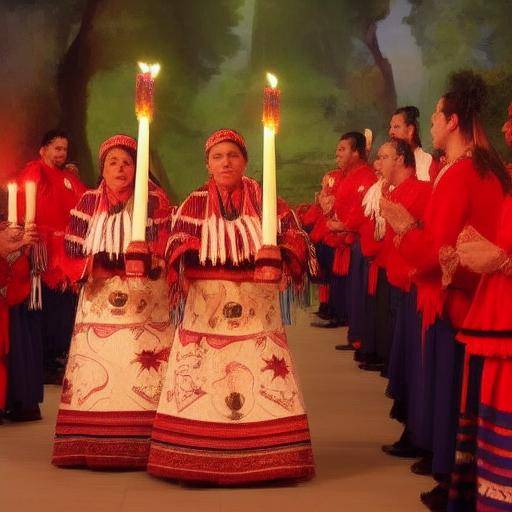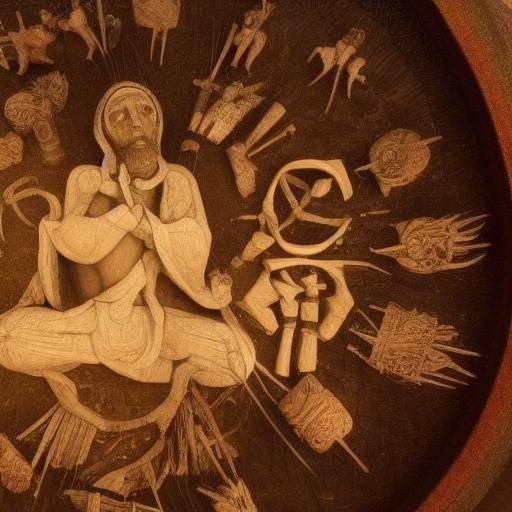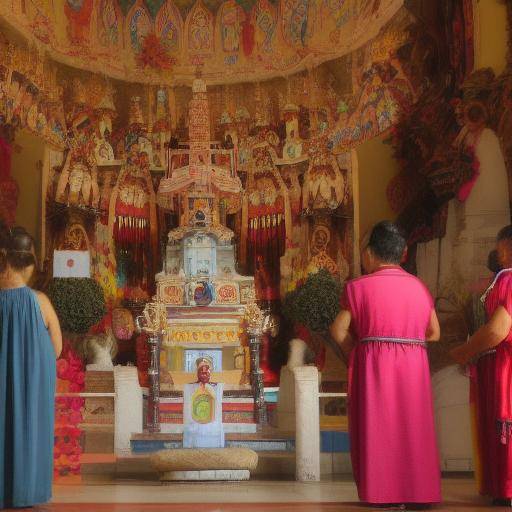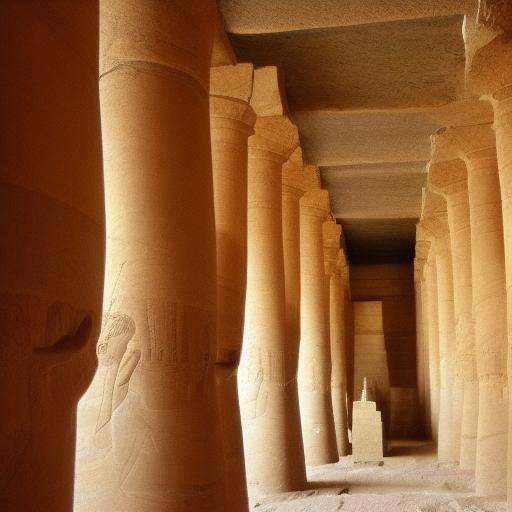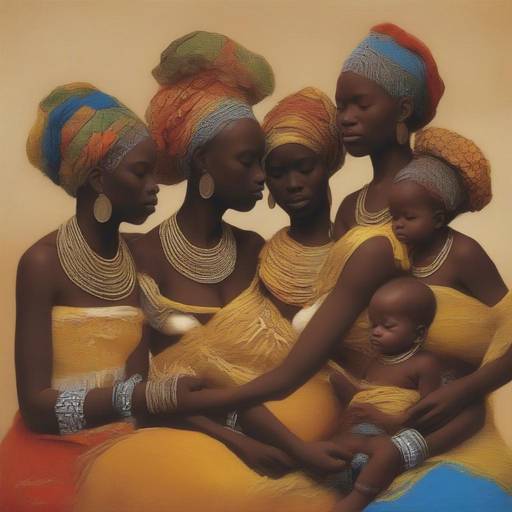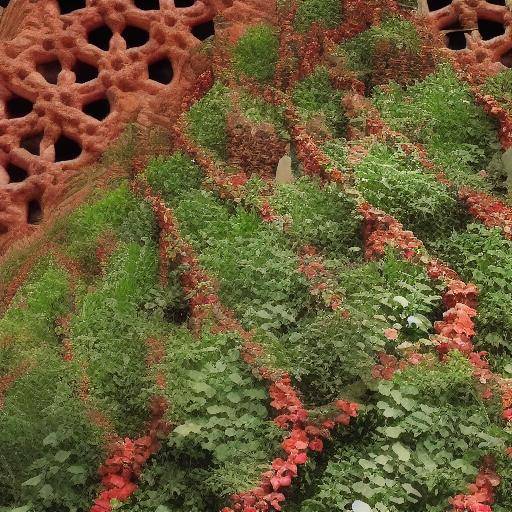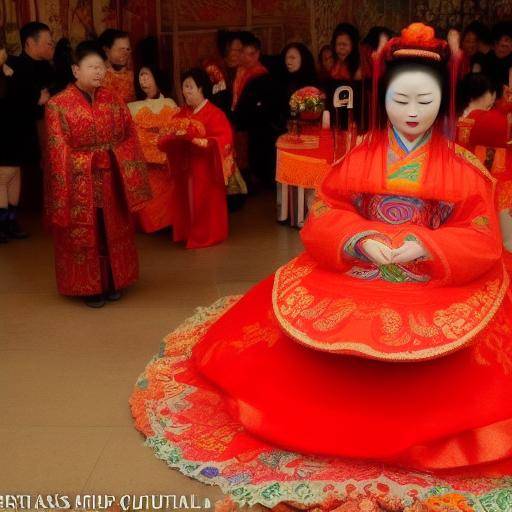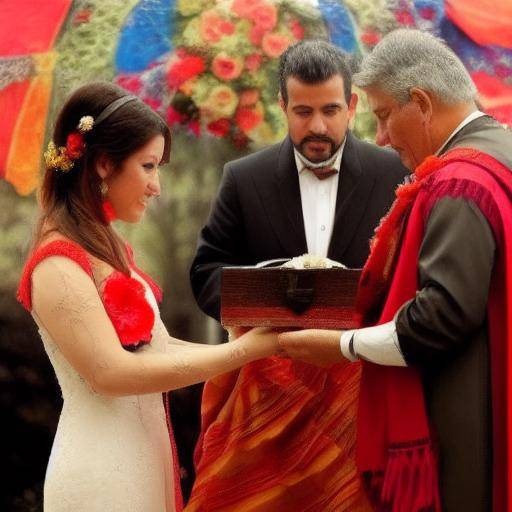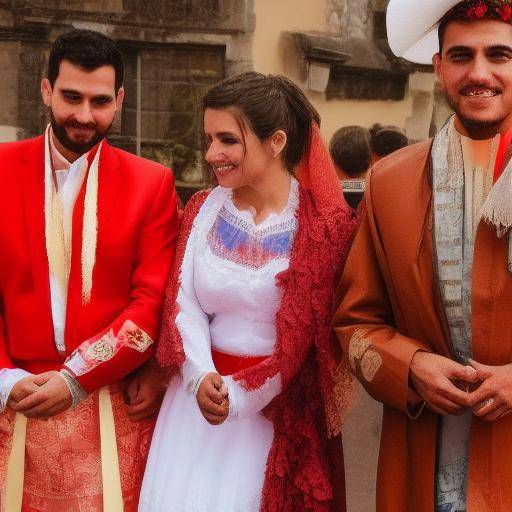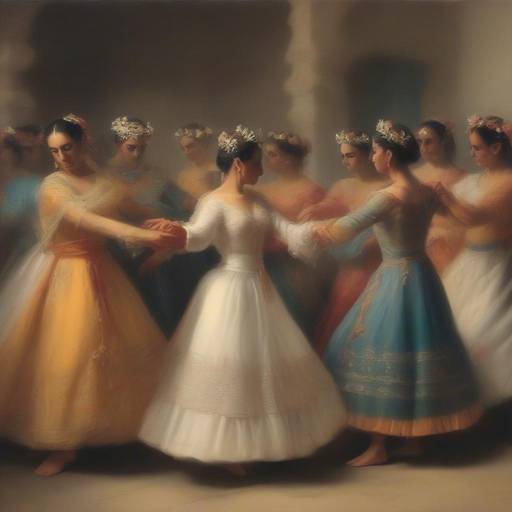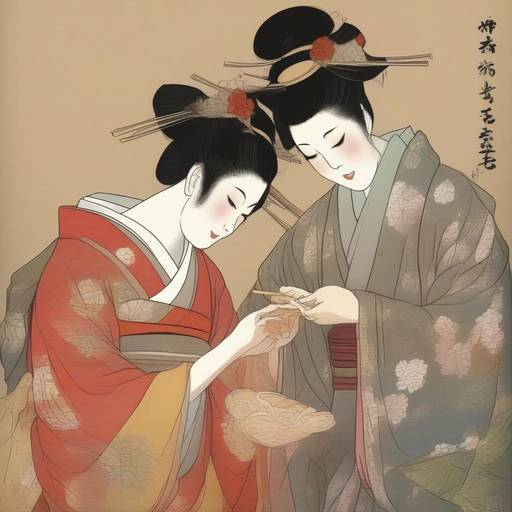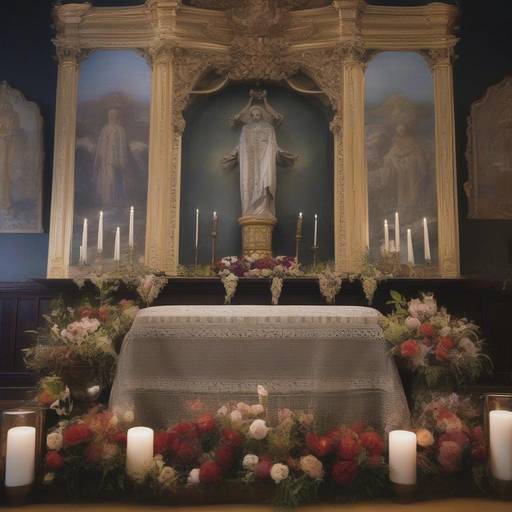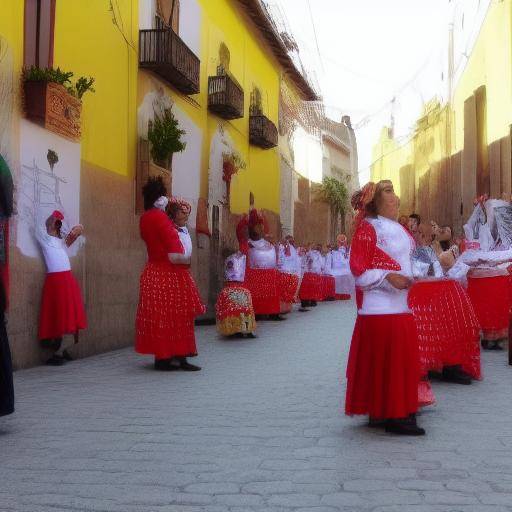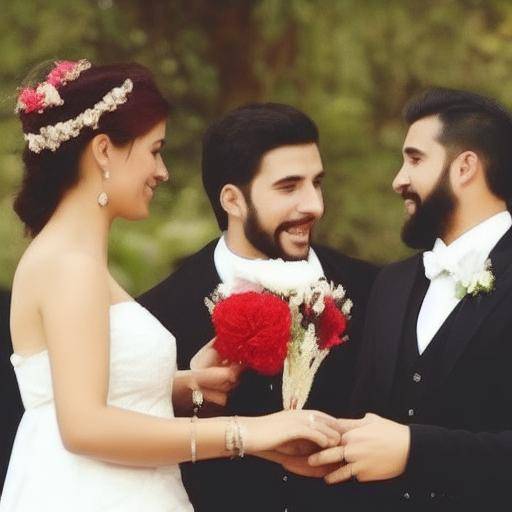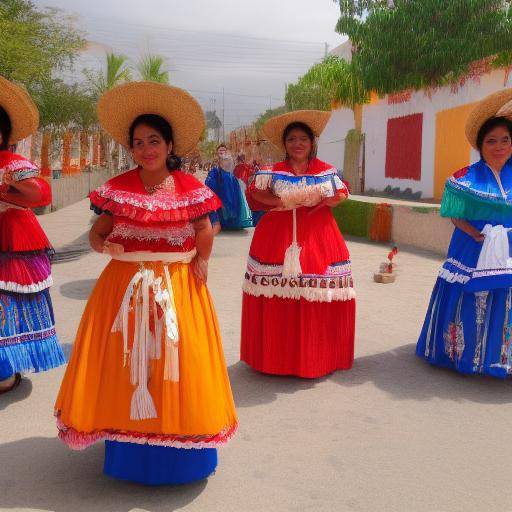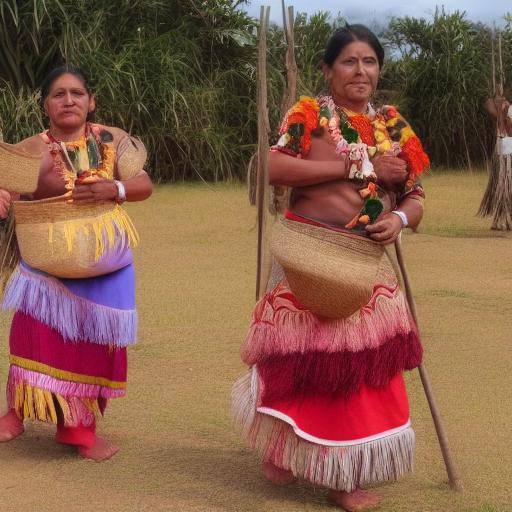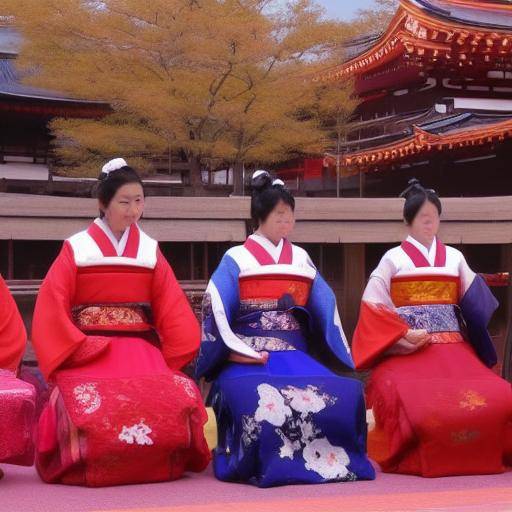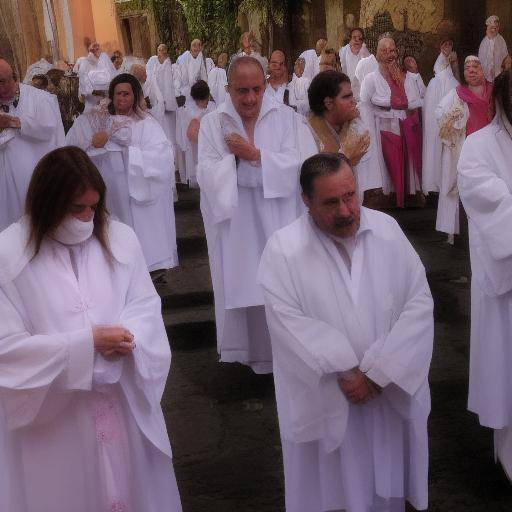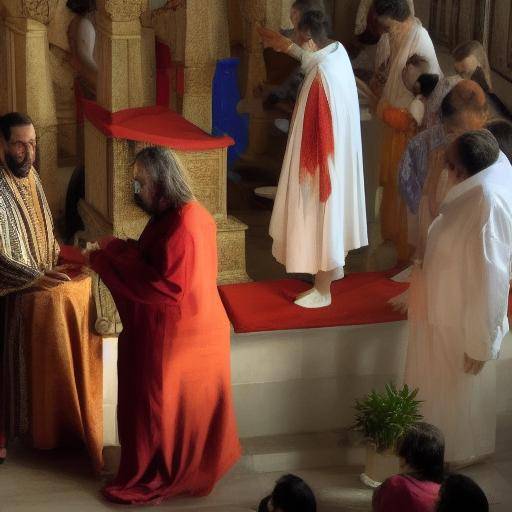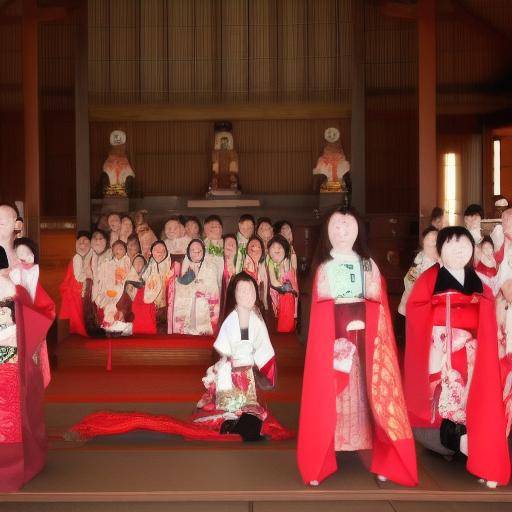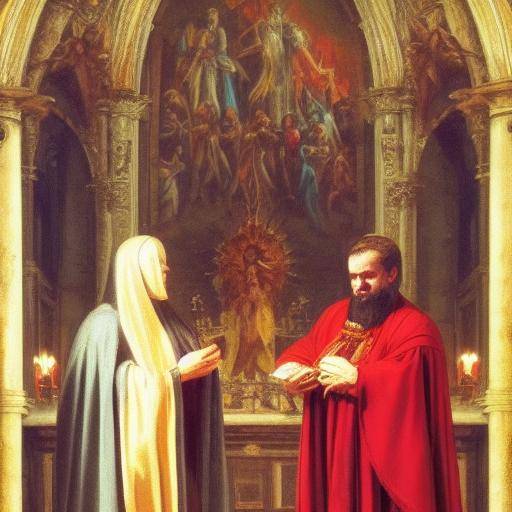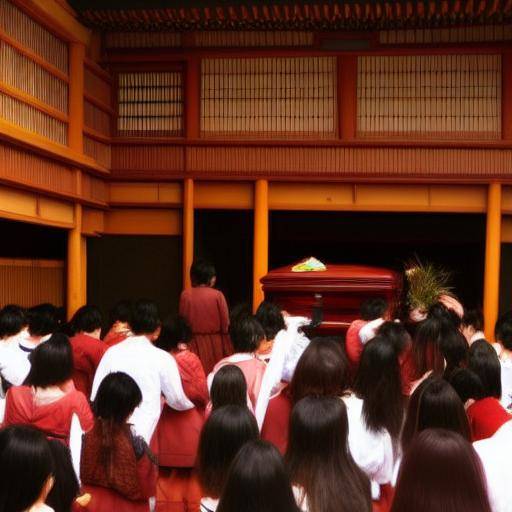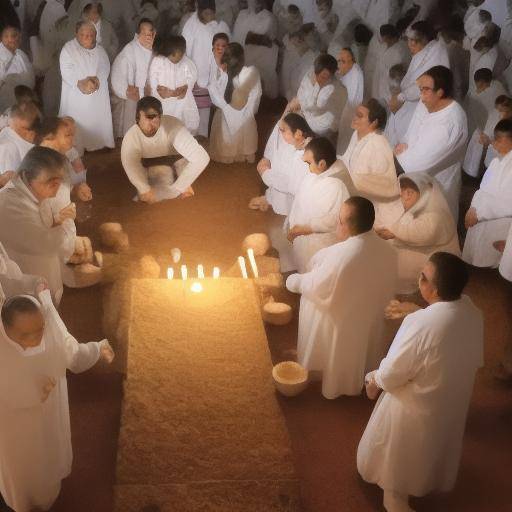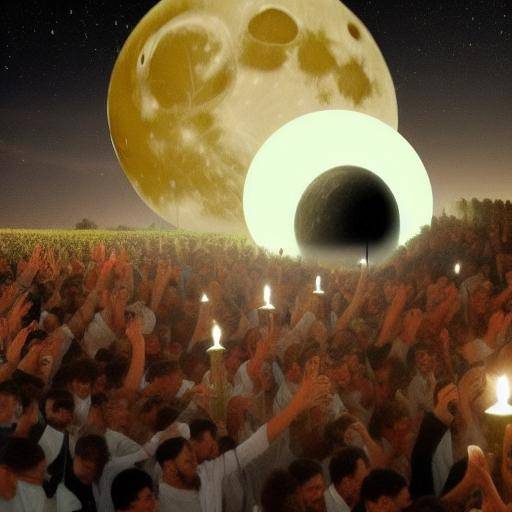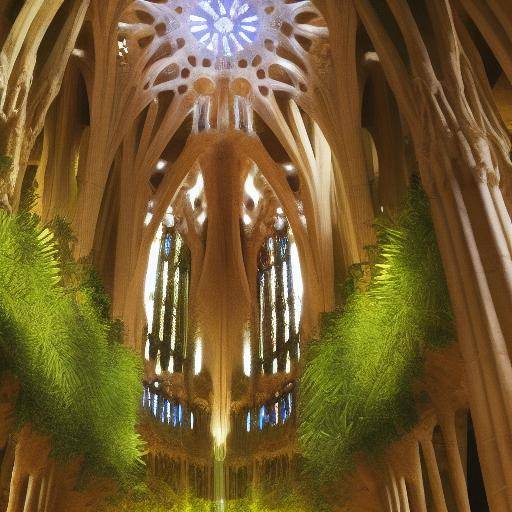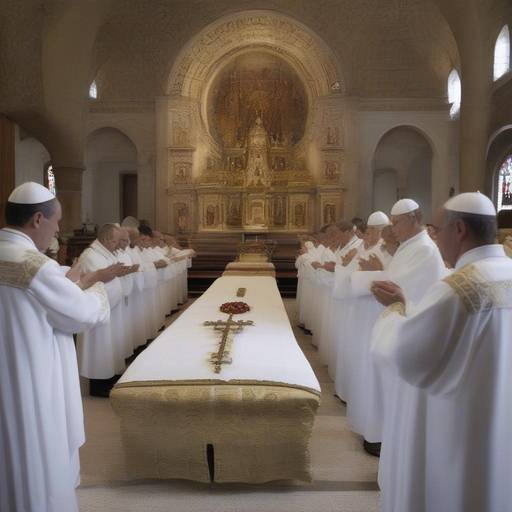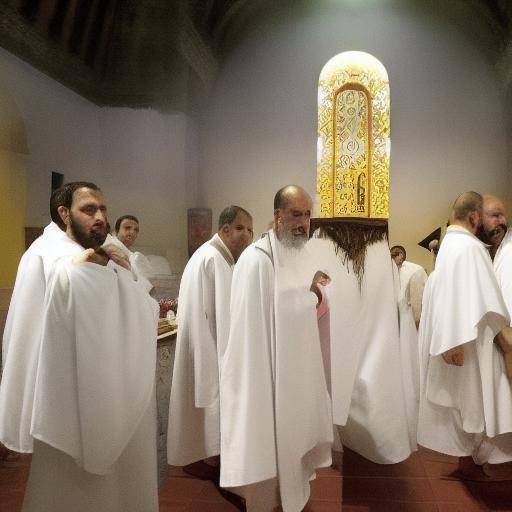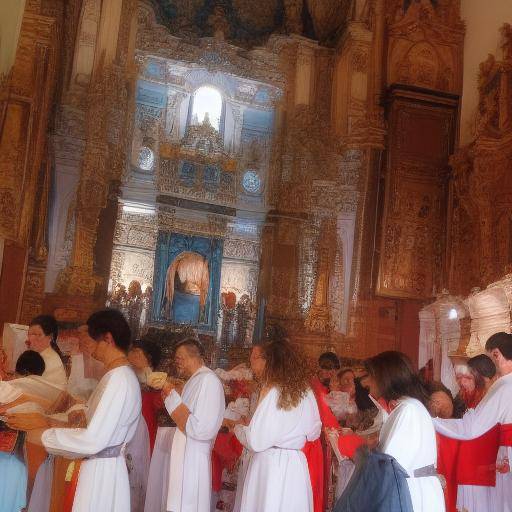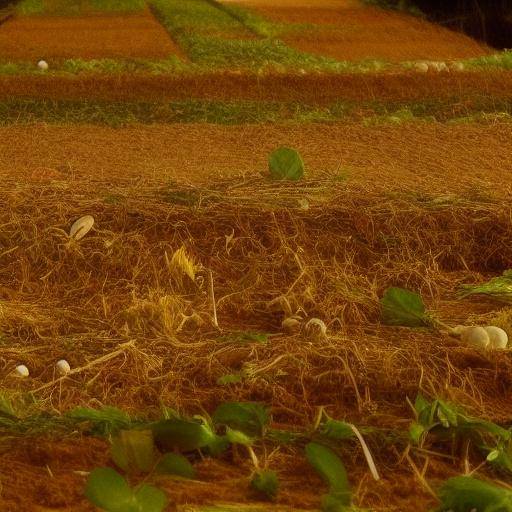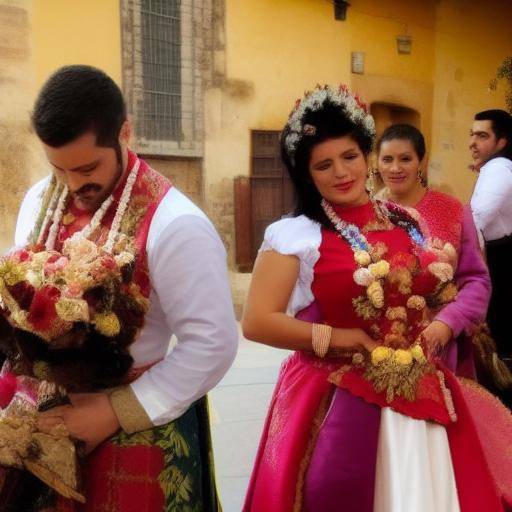
In the Celtic universe, marriage traditions possess a spiritual depth and an intimate connection with nature. From ancestral rituals to sacred symbols, Celtic marriage transcends the conventional, embracing the very essence of life and the universe. In this article, we will explore the marriage traditions in Celtic culture, getting into their rituals, symbolisms and the influence they have had in the current context. Discover how this ancient culture has left an indelible mark on the way we understand marriage and the union of souls.
History and Background of the Celtic Matrimony Traditions
Celtic culture, rooted in ancient Europe, spans centuries of history and traditions rooted in land and mysticism. Their marriage rituals date back to immemorial times, marked by a profound connection with nature and spirituality. The Celts celebrated the union of two souls in a unique way, where respect for the earth and reverence for the gods were intertwined in a sacred marriage. Over the centuries, these traditions have been enriched with distinctive symbolisms and rituals, marking the uniqueness of Celtic culture in the nuptial sphere.
Union Ritual: The Handfasting Celtic Ceremony
The Handfasting ritual is one of the most emblematic elements of Celtic marriage traditions. During this ceremony, couples intertwine their hands with a tape or string, symbolizing their union and commitment. This act, with roots that sink into the fertile land of Celtic culture, represents the eternal connection between lovers and their will to be together in body and spirit. Nature itself becomes a witness to this covenant, enriching the symbolic meaning of marriage.
The importance of Nature and Elements in the Celtic Marriage
Nature plays a central role in Celtic marriage ceremonies. The four elements – land, water, air and fire – are intertwined in the symbolism of union, infusing every aspect of marriage with its essence. From choosing the location of the ceremony to the ritual objects used, the presence of nature and sacred elements is fundamental in the context of a Celtic marriage.
The Legacy of Celtic Traditions in News
Despite the evolution of society, Celtic marriage traditions continue to exert a significant influence on current ceremonies. Many couples seek to connect with the authentic essence of union through rituals inspired by ancient Celtic culture. Spirituality, respect for nature and the symbolic depth of these rituals attract those who seek a marriage rooted in transcendence.
Frequently asked questions about the Celtic Matrimony Traditions
1. What is the meaning of Handfasting in Celtic Marriage Traditions?
The Handfasting symbolizes the union and commitment between two people, representing their will to remain together in body and spirit.
2. How to incorporate elements of nature into a Celtic Marriage Ceremony?
The choice of an outdoor location, the use of stones, plants or sacred water, and the invocation of the four elements are ways to incorporate nature into the ceremony.
3. What is the role of the Druids in Celtic marriage ceremonies?
Druids, like Celtic priests, play a fundamental role in the realization of marriage ceremonies, blessing union and preserving ancestral traditions.
The Matrimony Traditions in Celtic Culture: A Deep Link with Nature and Spirituality
In the Celtic universe, marriage traditions possess a spiritual depth and an intimate connection with nature. From ancestral rituals to sacred symbols, Celtic marriage transcends the conventional, embracing the very essence of life and the universe. In this article, we will explore the marriage traditions in Celtic culture, getting into their rituals, symbolisms and the influence they have had in the current context. Discover how this ancient culture has left an indelible mark on the way we understand marriage and the union of souls.
History and Background of the Celtic Matrimony Traditions
Celtic culture, rooted in ancient Europe, spans centuries of history and traditions rooted in land and mysticism. Their marriage rituals date back to immemorial times, marked by a profound connection with nature and spirituality. The Celts celebrated the union of two souls in a unique way, where respect for the earth and reverence for the gods were intertwined in a sacred marriage. Over the centuries, these traditions have been enriched with distinctive symbolisms and rituals, marking the uniqueness of Celtic culture in the nuptial sphere.
Union Ritual: The Handfasting Celtic Ceremony
The Handfasting ritual is one of the most emblematic elements of Celtic marriage traditions. During this ceremony, couples intertwine their hands with a tape or string, symbolizing their union and commitment. This act, with roots that sink into the fertile land of Celtic culture, represents the eternal connection between lovers and their will to be together in body and spirit. Nature itself becomes a witness to this covenant, enriching the symbolic meaning of marriage.
The importance of Nature and Elements in the Celtic Marriage
Nature plays a central role in Celtic marriage ceremonies. The four elements – land, water, air and fire – are intertwined in the symbolism of union, infusing every aspect of marriage with its essence. From choosing the location of the ceremony to the ritual objects used, the presence of nature and sacred elements is fundamental in the context of a Celtic marriage.
The Legacy of Celtic Traditions in News
Despite the evolution of society, Celtic marriage traditions continue to exert a significant influence on current ceremonies. Many couples seek to connect with the authentic essence of union through rituals inspired by ancient Celtic culture. Spirituality, respect for nature and the symbolic depth of these rituals attract those who seek a marriage rooted in transcendence.
Frequently asked questions about the Celtic Matrimony Traditions
What is the meaning of Handfasting in Celtic Marriage Traditions?
The Handfasting symbolizes the union and commitment between two people, representing their will to remain together in body and spirit.
How to incorporate elements of nature into a Celtic Marriage Ceremony?
The choice of an outdoor location, the use of stones, plants or sacred water, and the invocation of the four elements are ways to incorporate nature into the ceremony.
What is the role of the Druids in Celtic marriage ceremonies?
Druids, like Celtic priests, play a fundamental role in the realization of marriage ceremonies, blessing union and preserving ancestral traditions.
How was marriage celebrated in ancient Celtic society?
Marriage in ancient Celtic society was considered a sacred and significant event. Marriage ceremonies involved deep rituals that symbolized the union of couples before the Celtic gods, with the presence of natural elements and the participation of Druids as conductors of the ceremony.
What are some traditional Celtic symbols associated with marriage?
Some of the traditional Celtic symbols associated with marriage include Celtic knots representing eternity and eternal connection, as well as the triskel, which symbolizes balance and continuous evolution in marriage union.
Do Celtic marriage traditions continue to be practiced today?
Yes, many contemporary couples choose to incorporate elements of Celtic marriage traditions into their ceremonies, seeking to honor the deep roots of this culture and take advantage of their spiritual symbolism and ancestral meaning.
How do Celtic marriage traditions influence modern weddings?
Celtic marriage traditions have influenced modern weddings by inspiring meaningful rituals and symbolism that reflect the connection with nature, spirituality and belief in the eternity of love and union.
What do natural elements and four elements mean in the context of Celtic weddings?
In the context of Celtic weddings, the natural elements and the four elements represent the connection with the earth, water, air and fire, symbolizing the sacred union and the presence of nature as a witness and participant in the marriage ceremony.
Conclusion
Marriage traditions in Celtic culture offer a window to a world full of spirituality, connection with nature and timeless symbolism. From the Handfasting ritual to the influence of natural elements, the ancient Celtic culture has left a lasting legacy that continues to inspire and enrich marriage ceremonies today. Discovering the depth and beauty of these traditions is to enter into the very essence of human union, rooted in the earth and elevated towards transcendence.
Disclaimer: The information provided in this article has a purely informative purpose and should not be considered legal, financial or other advice. It is recommended to consult certified professionals for specific advice.


